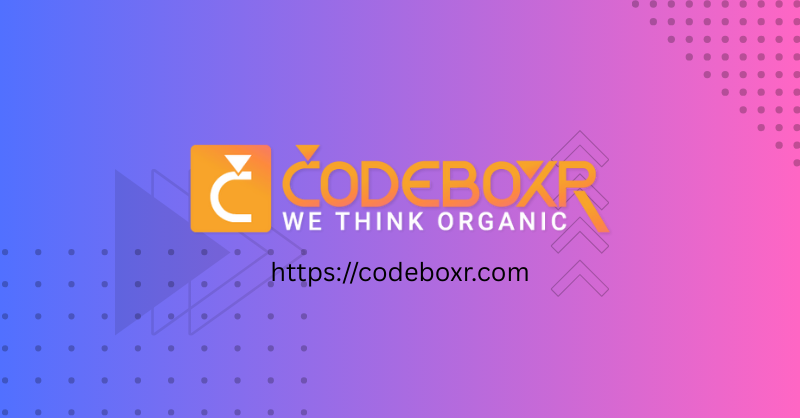Setting the scene: two siblings, different superpowers
Imagine honesty and transparency as siblings at a family dinner. Honesty answers the direct question you just asked — it says true things. Transparency pulls back the tablecloth and shows you what’s under the table: motivations, constraints, and context. Both build trust, but they do it differently. Understanding that distinction keeps us from confusing “telling the truth” with “showing everything.”
Definitions — short, sharp, useful
Honesty
Honesty is the accurate representation of facts. If asked “Did you miss the deadline?” an honest answer is truthful — yes or no — and may include a brief relevant explanation. Honesty is binary-ish: either a statement is true or false.
Transparency
Transparency is the intentional sharing of context, reasoning, process, and decision-making. It’s broader: not only did the deadline get missed, but here’s why, who knew what when, and what we’re doing to prevent it next time. Transparency is layered, often continuous, and requires curating how much context is useful to the audience.
Why the difference matters — three practical consequences
Honesty builds trust by establishing truthfulness. Transparency builds understanding by revealing how things work. You can be honest and still leave people confused; you can be transparent but damage boundaries if you overshare.
Some truths are harmful when exposed without context. Honesty can be a moral obligation (don’t lie about safety risks). Transparency, however, requires judgement: what additional context helps, what harms, and who needs to know.
Transparency redistributes power by showing processes and reasoning. Honesty maintains personal integrity. Leaders who are honest but not transparent often keep power centralized; leaders who are transparent thoughtfully share power and invite collaboration.
Real-world examples (short)
At work
Honesty: “We missed our Q2 target.”
Transparency: “We missed our Q2 target. Sales slowed in Region A due to product X’s incompatibility with customer Y; we’re allocating engineering time to a fix and adjusting marketing spend.”
In relationships
Honesty: “I forgot our anniversary.”
Transparency: “I forgot our anniversary because I’ve been overwhelmed at work; here are the changes I’m making to protect our time together.”
When honesty should outrank transparency (and vice versa)
- Choose honesty over transparency when disclosure would be harmful or unnecessary: a blunt truth is needed, but deep context would hurt privacy or safety.
- Choose transparency over only honesty when trust depends on context: teams, communities, and customers need to understand how decisions are made to feel respected and included.
Practical rules of thumb — balance without becoming a walking logfile
Honesty is baseline. Start there, then layer transparency according to relevance and audience.
Transparency that exposes personal data or confidential details damages trust more than opacity sometimes does.
When you’re transparent, state why you’re sharing. Is it to invite feedback, comply with regulation, or to show accountability?
Deliver a clear fact (honesty), then add context (transparency), then explain the plan (responsibility).
Common pitfalls — and how to avoid them
- Weaponized honesty: “I’m just being honest” used as a permission to be cruel. Practice empathetic truth-telling: don’t confuse bluntness with virtue.
- False transparency: Drowning people in irrelevant details to appear open. Curate information so it actually informs decisions.
- One-off honesty without follow-through: Truth without accountability erodes trust. Pair honesty with corrective action.
Future-facing: why this matters for leaders, creators, and citizens
In a world of fast AI summaries, ephemeral social feeds, and algorithmic opacity, honesty anchors truth while transparency fights algorithmic secrecy. Organizations that get both right will be more resilient: honest enough to be credible, transparent enough to be accountable. For creators and leaders, mastering the balance is a competitive advantage — it builds loyalty, reduces rumor, and invites co-creation.
In short: honesty is the moral backbone (don’t lie). Transparency is the social scaffolding (show how the backbone works when it helps). Use honesty to be reliably true; use transparency to be responsibly open. Together they make a world where people can act deliberately instead of guessing.
Self Promotion
Since 2011, Codeboxr has been transforming client visions into powerful, user-friendly web experiences. We specialize in building bespoke web applications that drive growth and engagement. Our deep expertise in modern technologies like Laravel and Flutter allows us to create robust, scalable solutions from the ground up. As WordPress veterans, we also excel at crafting high-performance websites and developing advanced custom plugins that extend functionality perfectly to your needs. Let’s build the advanced web solution your business demands.
